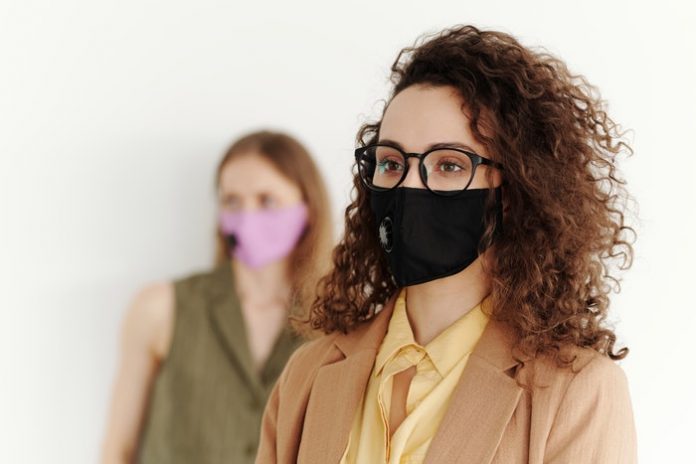Smart companies and small business owners make workplace safety a priority. Doing so is both a moral duty and a legal imperative. At the same time, they strive to make the workplace an inviting place with a familial feel; after all, stress can lead to both an increase in mistakes as well as illness and work call-offs. Unfortunately, the COVID-19 pandemic is causing historic stress increases across all work populations while forcing companies to take dramatic new safety measures — both of which were unforeseen circumstances at the start of 2020.
As your business struggles to regain footing, you can institute both safety actions and health and wellness measures in equal measure that will benefit both the employee and the business itself; in fact, workplaces should adhere to CDC Guidelines. Because the guidelines vary by industry, note these general measures that you can institute in any arena to protect and comfort your employees. Just make certain to read over and institute the very specific, continually updated CDC measures.
Communicate Virtually and Consistently
Whether you are just reopening or are already running at full steam, send out safety and wellness communications or newsletters via official company email or social media channels. Make these consistent, brief, and significant. Among the communications, clearly spell out the sanitation and ventilation steps you will be enacting. It is better to address questions before they are necessary to ask. Also, this action sends the message that you value the workers and have their health and safety—as well as that of family members—at heart.
Provide Feedback Channels
In line with releasing timely communications, create distinct, nonjudgmental feedback forums. How you do so can work with your style of leadership, but you need to incorporate some version of an open-door policy. Recognize your workers may need this to gain a sense of control. Your established communication policy will alleviate anxiety in those workers who must choose this risky return-to-work means of employment.
Make Safety Resources Visible
Your efforts to create a workplace that feels calm, comfortable, and psychologically safe will mean little if you do not enact explicitly safe measures. Your first step, of course, is to follow COVID-19 industry guidelines. Your second course of action is to locate visible and tactile resources evenly throughout every space. To do so, first place colorful workplace safety signs on walls, floors, and doors as appropriate. These can create social-distancing areas, provide reminder instructions, or outline requirements. Second, install vapor barriers where it makes sense. Third, locate sanitizers, gloves, and disposable mask stations within reach of every employee.
Redefine Human Resource Roles
Now more than ever you need to rely on a strong human resources presence. While traditional HR roles have been to focus on staffing, job compensation, and benefits, as businesses have grown more complex, HR job descriptions have expanded. Because retaining talent has become central to their positions, progressive ones work to ensure employee wellness and happiness. Task your HR department to develop mental health programs and spaces. These can include any of the following:
- Exercise and yoga schedules
- Meditation instruction
- Stress-reduction education
- Reading rooms
- Game areas
- Healthy-snack venues
Additionally, this manager has to act as a supportive ear and advocate for employees. Most important, they should research and establish appropriate illness procedures that do not penalize potentially sick workers. Clarify and promote HR managers in this new role so that employees learn to trust in them as a resource during times of stress.
The new workspace has to be a place that provides some semblance of security and happiness rather resembling a house of horrors. As a business leader, if you are sensitive to the health, wellness, and safety needs of your workers you can increase the odds your business will function as smoothly as possible under difficult circumstances.
Find a Home-Based Business to Start-Up >>> Hundreds of Business Listings.

















































